A throbbing getaway to the foothills of the Himalaya into the wild

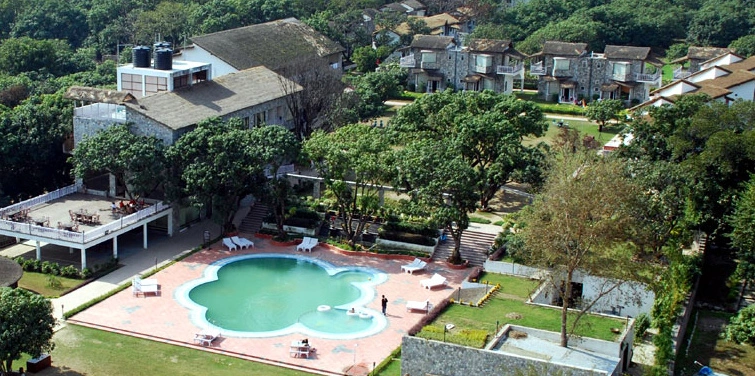
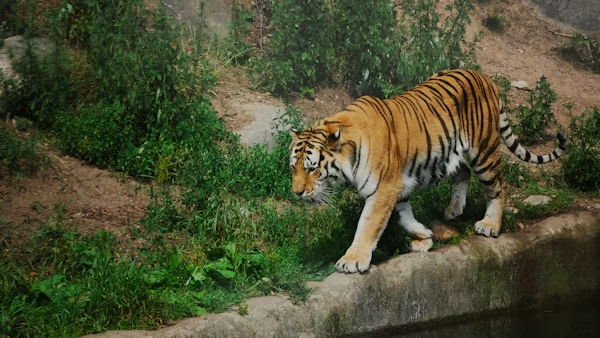
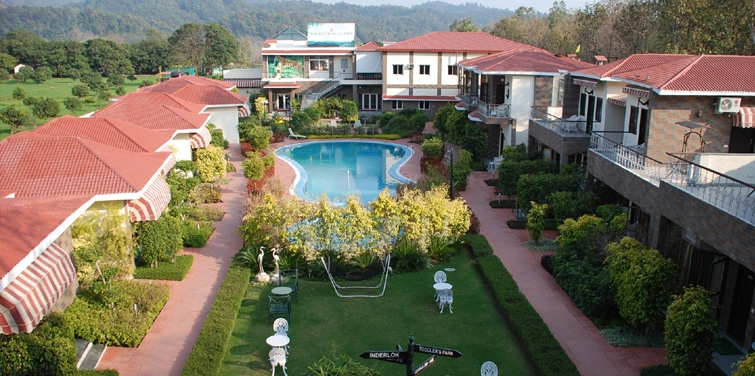
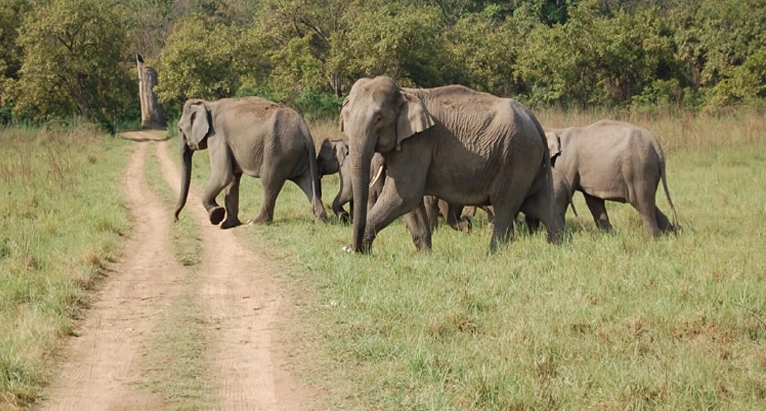
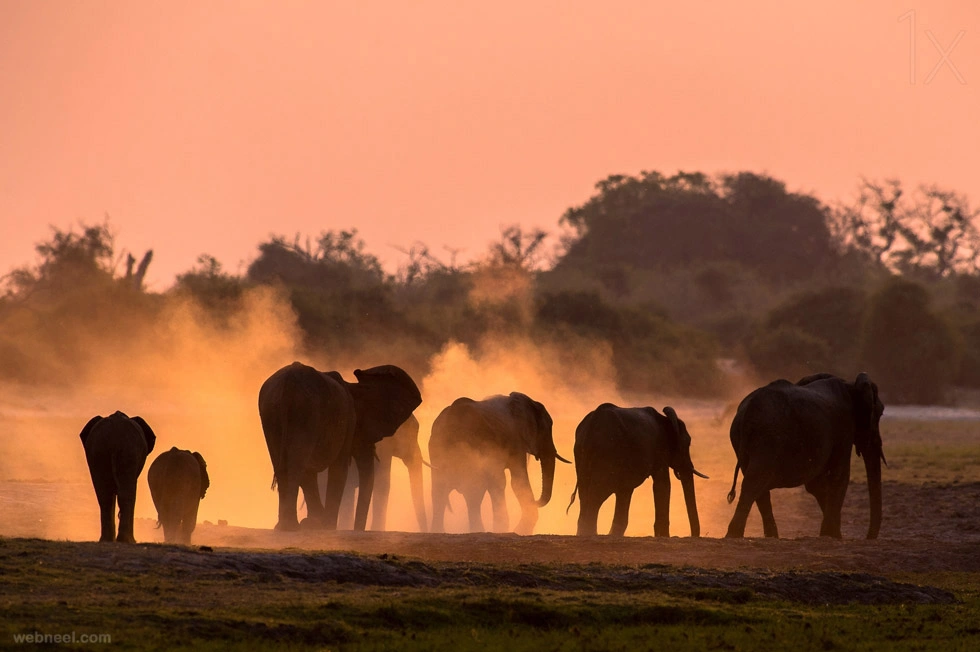
- Jim Corbett National Park
- P.O.Dhikuli, Via Ramnagar
- District – Nainital
- Pin Code : 244715
- Uttarakhand, India
The land of trumpets and roar, Jim Corbett National Park in Uttarakhand is the perfect place to enjoy your break among some of the most ferocious and beautiful creatures on earth. You can also soak in the mesmerizing panoramas of the place. The exotic wildlife of the park has been enchanting wildlife aficionados that visit the park from all round the globe. Water is essential for the survival of the wilderness and in Jim Corbett National Park; there are quite a few sources that nurtures the wildlife. Ramganga can be considered as the major hydrological source for the park. The Kosi Rivers also flows by the national park and is an important water source for the park. These water bodies also mean that the aquatic life of the region is alive and kicking. The rivers that flow in and around the Jim Corbett National Park are as follows:
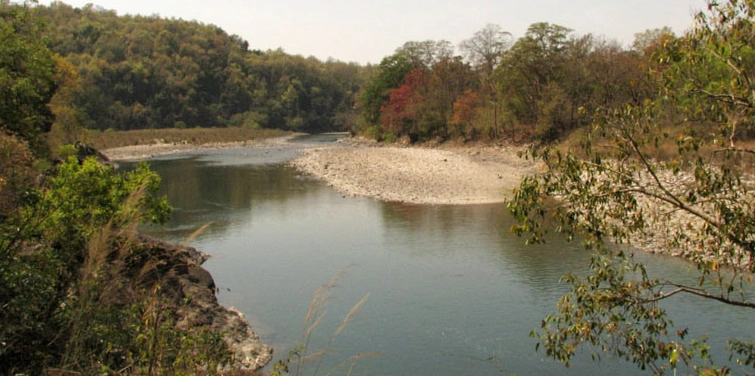
It is impossible to even imagine the existence of Corbett without Ramganga River. It is the largest of all the water bodies in the park. Inspired by Ramganga River, this park was named Ramganga National Park in 1954-1955 before being changed to Corbett National Park in 1955-56. It is a rain fed river that emerges near the Gairsain region in Lesser Himalayas. Ramganga River flows around a stretch of 100 kilometers before entering into Corbett. It flows through the eastern section to the western section of the park for a distance of about 40 kilometers till Kalagarh. At Kalagarh, the river enters into the plains. There is a dam on the Ramganga River at Kalagarh. This dam was built in the mid of the 1970s and is a reservoir of the area measuring almost 80 square kilometers. The backwaters of this dam reach the Dhikala Zone of the park. After Kalagarh, the river flows for almost 300 kilometers through the Gangetic plains and finally, it merges into the Ganges near Farrukhabad, Uttar Pradesh.
Many avian species such as Kingfishers, Storks, Fish Eagles and Terns are found in the region where the river flows. In winters, the reservoir of the river allures many migratory birds, especially the water birds from Central Asia and Europe.
The road that links Dhangarhi to the Dhikala Zone of the park, runs alongside the river for most of its stretch. There are a number of rest houses in Dhikala, Gairal, Khinanauli and Sarapduli; most of these rest houses overlook gleaming rivers. In the valley of Patli Dun, the watchtower of Dhikala is a perfect spot for observing the Ramganga River. In order to have a closer look of the river, the tourists can get off of their vehicles at Champion’s Pool, Crocodile Pool and High Bank. To get a bird’s eye view of this river, the best place is the Forest Rest House of Kanda, which is the highest rest house in Corbett.
Major Aquatic species:There are many rare aquatic species that are found in Ramganga River. These comprise turtles, otters, crocodiles, gharials; the rare Mahseer fish is also found here.
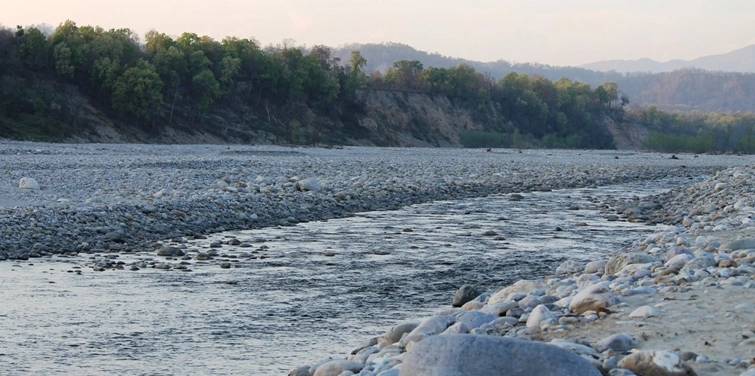
The Kosi River flows along the eastern periphery of the park, from Mohan till Ramnagar via Dhikuli. The wild animals of Corbett National Park use the Kosi River to quench their thirst.
The bed of this river is sprinkled with boulders and the flow is unpredictable. The river also changes its course frequently. Similar to Ramganga, the Kosi River is also a preferred habitat of Mahseer fish and the river also entices many migratory bird species. The Kosi River also comprises many sheer cliffs adjoining its banks. In certain pockets of the park, tourists can even encounter gorals, which look somewhat like goats, grazing on the slopes.
Major Aquatic Species: There are several major aquatic species found in the Kosi River. Predominant among them is the Mahseer fish.

The beautiful Sonanadi River is a significant tributary of the Ramganga River. Sonanadi Wildlife Sanctuary that adjoins the Jim Corbett National Park, is named after this river. Sonanadi Wildlife Sanctuary forms an integral part of the Corbett Tiger Reserve. The Sonanadi flows from the northwest side of the park and bumps into the Ramganga River, at its reservoir. The meaning of Sonanadi is ‘river of gold’.In the past, ounces of gold, found in the muddy deposits and trickling down from the upper regions, were mined from the bed of this river by the process of washing, sieving and mercury treatment.
The Mandal River flows along the eastern elevations in Chamoli. Mandal flows a stretch of 32 kilometers and meets the Ramganga River at Domunda situated slightly above the Gairal Region. Mandal is a gentle water body in the dry season, but in the monsoon season, the river turns into an energetic gush. This river acts an important breeding ground for the rare Mahseer fish.
The third vital tributary of Ramganga River is the Palain. This river enters Corbett from the northern side of the park. Palain River joins Ramganga almost 3 kilometers north of the Boxar settlement at the reservoir of the Ramganga.
Sot is a seasonal stream found in the park. For a good portion of the year, animals in the Corbett National Park depend on these sots for drinking water. There are quite a few sots in the park that are vital such as Jhirna, Garjia, Paterpani, Dhara, Kothirao and Laldhang. In the monsoon, these sots wash away roads and bridges causing the closure of the park. These sots also act as a pathway for many animals. Most of the sots are enclosed with bamboo clumps and lush evergreen shrubs forming a perfect habitat for many wildlife species including the big cats.
The rivers in Corbett National Park play a major role in preserving the ecosystem of the park. These rivers are also one of the key charms of the park. Adventure activities such as angling and fishing are also permitted inside the park; however, you need to get a permit for that. Corbett also has a number of areas where their abundance makes them heaven for Mahseer fishing. Without a doubt, these rivers in and around the park add an element of enchantment for all the wildlife buffs!